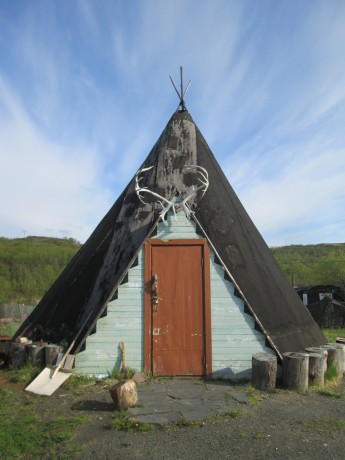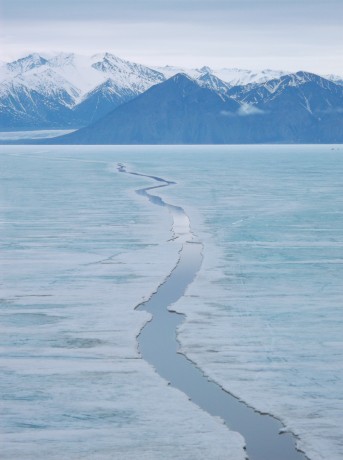This portfolio contains images from 2014 through the present from Thaw: An Arctic in Transition.
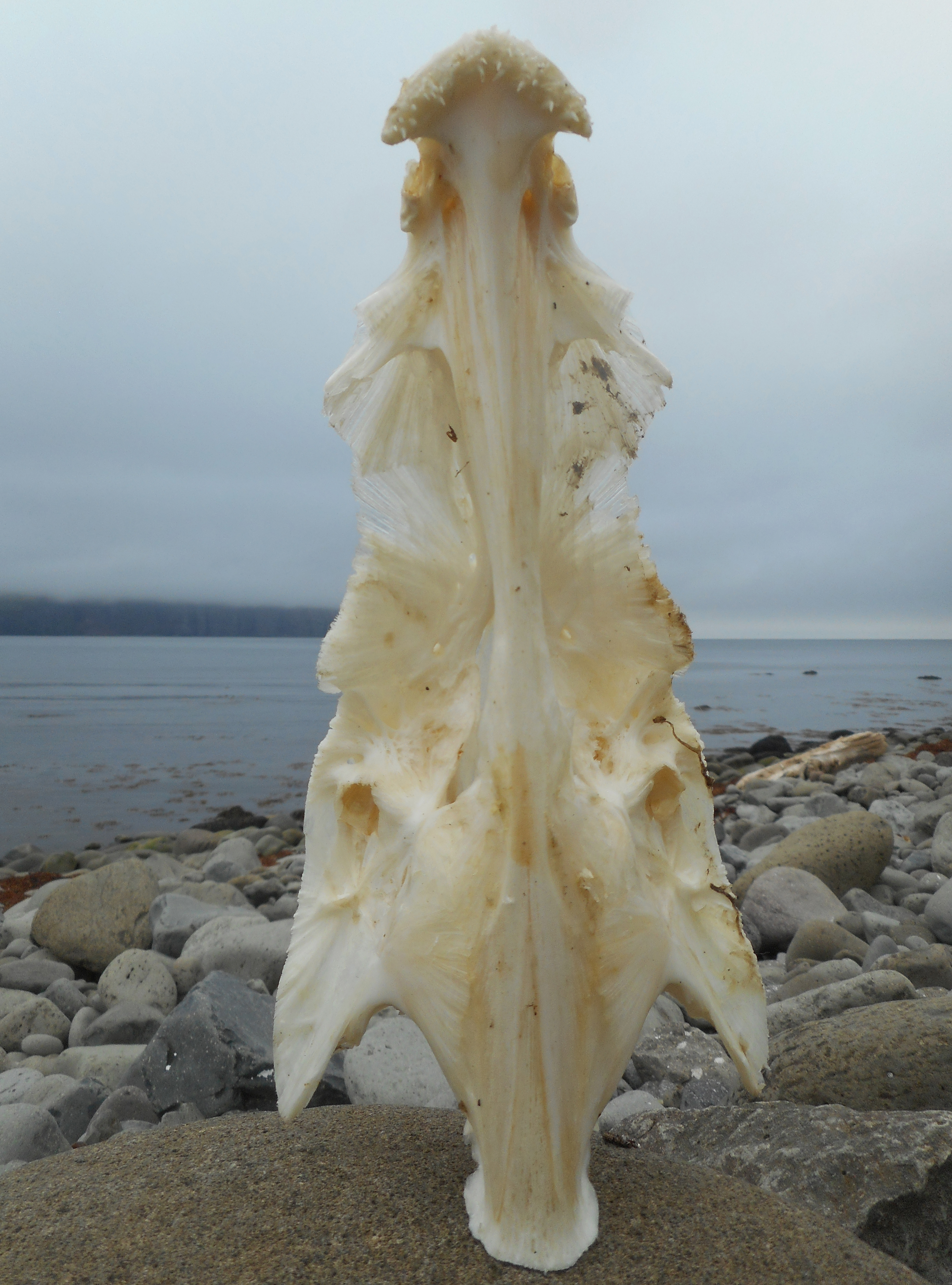
Angel, Hornstrandir Nature Reserve, Hornvik, Iceland, from Thaw: An Arctic in Transition, Archival Inkjet Print, 20 x 24 inches, 2019, edition of 5. This shark cartilage was on the shore of a remote nature reserve in extreme northwestern Iceland.
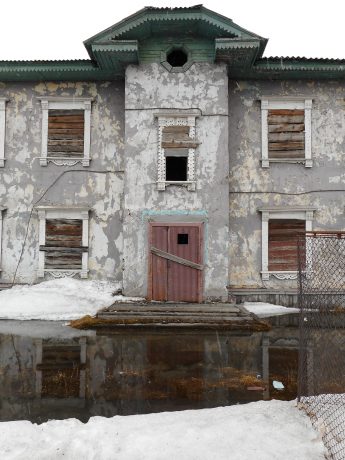
Abandoned Building, Tiksi, Siberia, Russia, from Thaw: An Arctic in Transition, Archival Inkjet Print, 24 x 20 inches, 2018, edition of 5. Tiksi is on the Arctic Ocean on a shipping route proposed for greater use as ice conditions change and open water becomes more frequent north of Russia. Tiksi has many abandoned buildings. Its population dropped from about 11,000 in 1989, prior to the collapse of the Soviet Union, to less than 5000 today. It is one of the northernmost cities in Russia. It snowed in Tiksi in late May.
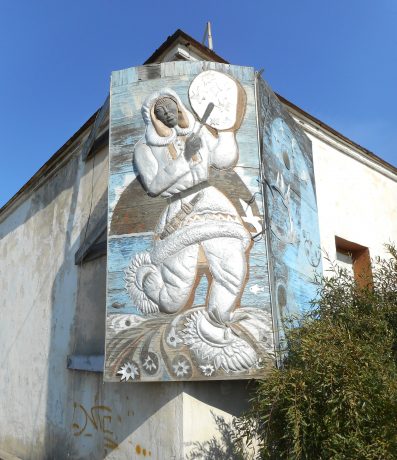
Drummer, Chersky, Siberia, Russia, from Thaw: An Arctic in Transition, Archival Inkjet Print, 24 x 20 inches, 2017, edition of 9. This indigenous drummer portrait was on a building in Cherskiy, a remote far northeastern town in Siberia about 100 miles south of the Arctic Ocean. Cherskiy is so far east in Russia that it is closer to Anchorage than to Moscow.
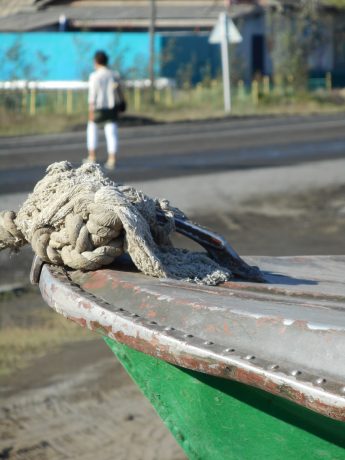
Woman and Boat, Batagai, Yakutia, Siberia, Russia, from Thaw: An Arctic in Transition, Archival Inkjet Print, 24 x 20 inches, 2017, edition of 9. Batagai, a city of 4300 people, is north of the Arctic Circle. It is on the Yana River which flows 500 miles northward, emptying into the Laptev Sea of the Arctic Ocean. People have lived along the Yana River for 30,000 years, making it the first known home of people in the Arctic.
Sápmi Home, Titovka, Russia, from Thaw: An Arctic in Transition, 2014, Archival Inkjet Print, 24 x 20 inches, edition of 9. This shows a contemporary version of a traditional Sápmi home. The Sámi peoples, formerly known as Lapps, have traditionally inhabited the far northern regions of Sweden, Finland, and Norway, and the extreme northwest corner of Russia. This image was taken between Sputnik, Russia, a military town, and Murmansk, the largest town in the Arctic, with a population of about 330,000. Titovka, where the home is, is a very small hamlet along the side of the northernmost highway in the world, running about 100 miles between Kirkenes, Norway and Murmansk, Russia. Sápmi parliaments have been set up in the last 30 years in Sweden, Norway, and Finland to represent their interests in these nations. Russia has a non-governmental organization that advocates for its indigenous peoples.
Zigzag Lead in Ice, Pond Inlet (Mittimatalik), Nunavut, Canada, from Thaw: An Arctic in Transition, 2014, Archival Inkjet Print, 24 x 20 inches, edition of 9. As the frozen sea thaws, leads (cracks) of open sea form. These make travel on the ice by sled, foot, or snowmobile hazardous and dangerous but are part of the annual cycle of the ice’s freezing and thawing. Pond Inlet, population 1,500, at the northern tip of Baffin Island, across from Greenland, is rich in marine life, including seals, beluga, bowhead whales, and narwhal.
